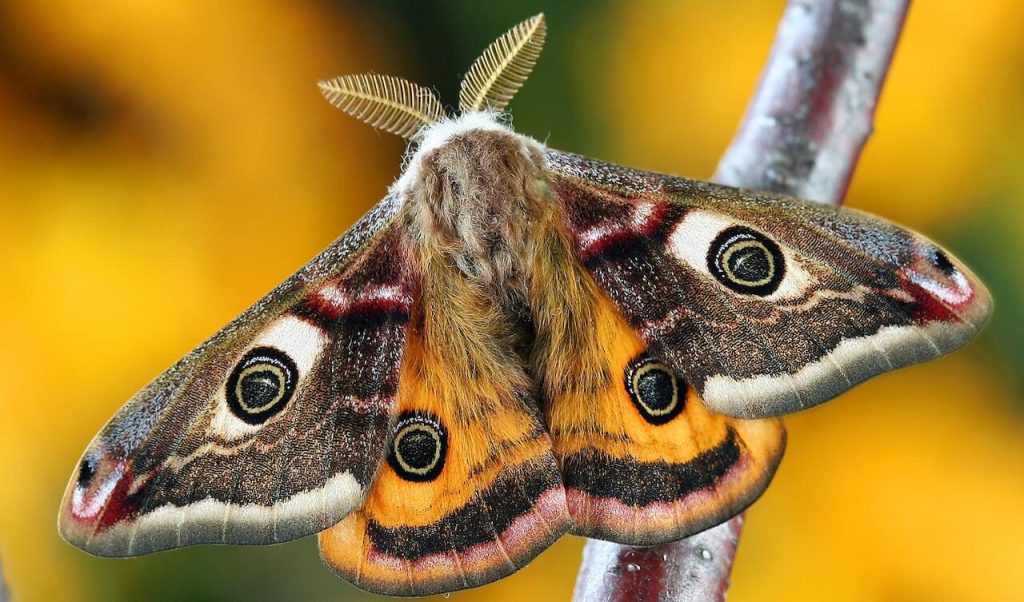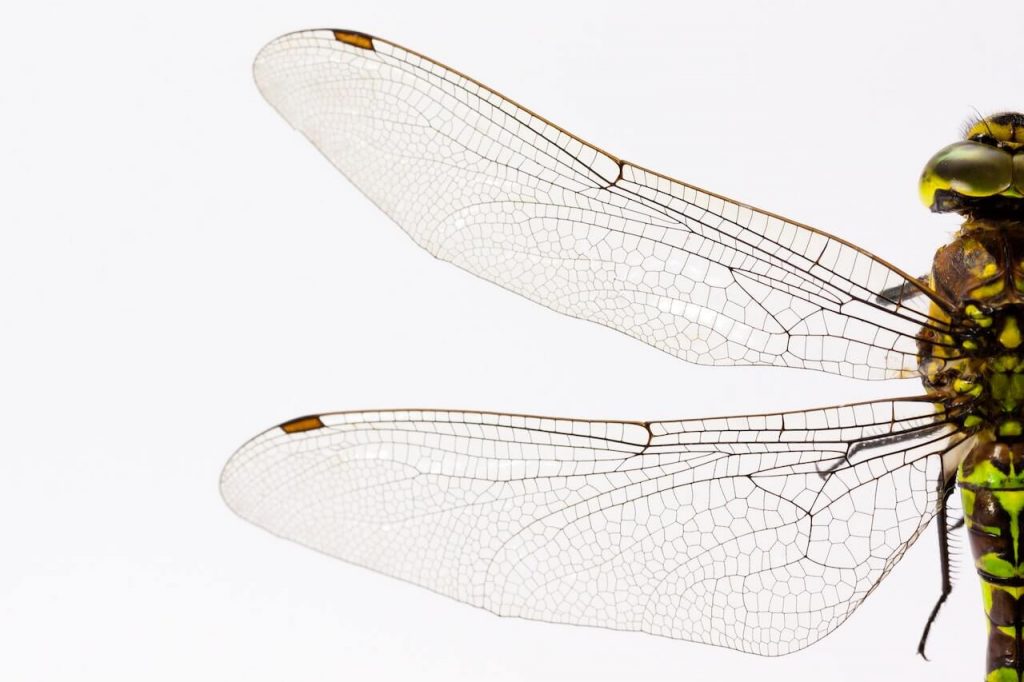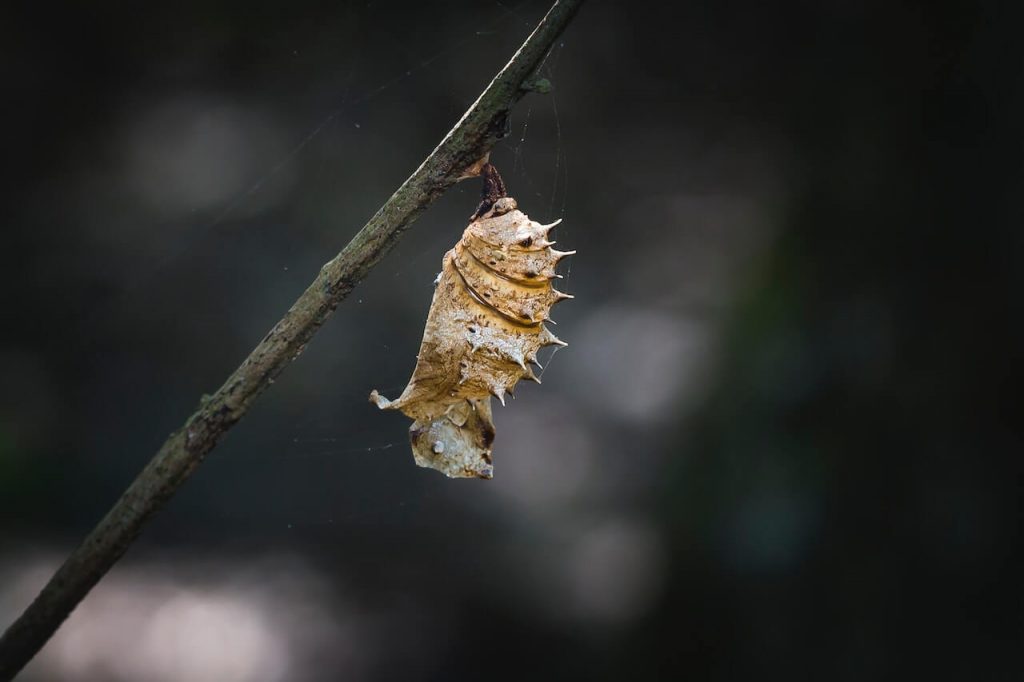
The world of insects is a vast and captivating realm that unveils the incredible diversity and intricacies of life on Earth. With over one million known species, insects reign supreme as the most abundant and diverse group of animals on our planet. From the graceful fluttering of vibrant butterflies to the resilient movements of beetles traversing the forest floor, each insect species possesses its unique set of characteristics and adaptations that make them marvels of nature. In this article, we embark on an exploration of the captivating world of insects, where we will delve into their fascinating lives, remarkable adaptations, and crucial roles in shaping the natural world.
The Fascinating Diversity of Insects
The insect kingdom stands as a testament to the astounding diversity found in the animal world. With their staggering numbers and immense variety, insects occupy an integral position in the intricate web of life. From the tiniest beetles that scuttle underfoot to the largest and most dazzling butterflies that grace the skies, insects come in an astonishing array of shapes, sizes, and colors. Their intricate forms and behaviors provide a glimpse into the complexity and richness of life on Earth, showcasing the vast tapestry of insect diversity.
Marvels of Adaptation
Insects have evolved an extraordinary array of adaptations that enable them to conquer diverse habitats and overcome the challenges posed by their surroundings. These remarkable adaptations serve as testaments to their resilience and resourcefulness in the face of adversity. Among the most intriguing adaptations are those of camouflage, allowing insects to blend seamlessly into their environments. The remarkable stick insects, with their elongated bodies resembling twigs, are virtually indistinguishable from their surroundings, providing them with effective camouflage against potential predators. Leaf insects, on the other hand, possess uncanny leaf-like structures on their bodies, effectively concealing themselves within foliage. Such adaptations highlight the ingenuity of evolution and the incredible diversity of insect survival strategies.
The Art of Flight

Flight is an awe-inspiring aspect of insect life, showcasing their unparalleled agility and grace in the air. Insects have mastered the art of flight, enabling them to navigate vast distances, find food sources, and seek mates. The sight of bees darting through the air, their wings beating with precision as they navigate complex patterns in search of nectar, is a testament to their incredible aerial capabilities. Dragonflies, with their slender bodies and transparent wings, engage in mesmerizing aerial acrobatics as they skim effortlessly over water bodies, reflecting the sunlight with their dazzling beauty. Insects take to the skies in a display of elegance and mastery, captivating our imagination with their seemingly effortless flight.
Insects in Communities
Insects are renowned for their complex social structures, where cooperation and organization are crucial to their survival and success as a species. Ants, termites, and bees provide remarkable examples of social insects that have perfected the art of cooperation. These insects work together harmoniously, displaying intricate division of labor and coordination within their colonies. Diligent workers tirelessly gather food resources, exhibiting unwavering determination and precise movements. The defenders of the colony valiantly protect their kin, often sacrificing themselves to ward off threats. At the heart of these social systems lie the queens, the matriarchs responsible for laying eggs and ensuring the continued growth and prosperity of their societies. In the intricate symphony of insect societies, the fascinating lives of insects unfold, revealing a world of cooperation, division of labor, and collective success.
Insects and Plant Relationships
Insects play an indispensable role in the delicate dance of plant life, acting as vital partners in the reproductive processes of numerous plant species. These tiny creatures serve as nature’s gardeners, facilitating the pollination of flowers and ensuring the continuation of plant life. The buzzing bees, fluttering butterflies, and other winged insects are instrumental in transferring pollen from one flower to another, allowing for fertilization and the production of seeds. Through their foraging activities, insects help sustain the growth and diversity of plant communities. Over millions of years, insects and plants have coevolved, forging intricate relationships that have shaped their destinies. The captivating stories of plant-insect interactions remind us of the profound interconnectedness of all living beings and the delicate balance of ecosystems.
Metamorphosis

Metamorphosis sets insects apart from many other animals, showcasing their remarkable ability to undergo dramatic transformations throughout their life cycles. The process of metamorphosis is a testament to the adaptability and resilience inherent in the lives of insects. Caterpillars meticulously weave cocoons, wherein they undergo profound internal changes. From these protective casings emerge resplendent butterflies, adorned with vibrant colors and delicate wings, symbolizing beauty, rebirth, and renewal. Other insects undergo incomplete metamorphosis, a process involving a series of molts and gradual transformations leading to the development of the adult form. Grasshoppers and dragonflies exemplify this fascinating process. The astonishing metamorphoses of insects offer a window into the wonders of nature and remind us of the diverse pathways through which life manifests itself.
Insects’ Secret Language
Insects have developed a diverse array of communication methods that enable them to navigate their complex world and ensure the survival of their species. These intricate communication systems involve the use of chemical signals, vibrations, and visual cues, allowing insects to convey vital information to one another. Bees engage in mesmerizing dances to communicate the location of abundant food sources to their hive mates, providing precise directions through a sophisticated language of movement. Fireflies illuminate the night with their enchanting bioluminescent flashes, silently signaling to potential mates and rivals. The lives of insects are intertwined through these invisible threads of communication, creating a symphony that binds them together in perfect harmony.
In conclusion, our journey through the insect world leaves us in awe of the breathtaking diversity, astonishing adaptations, and essential ecological roles of these extraordinary creatures. The intricate tapestry of insect life unravels a profound understanding of the interconnectedness and complexity of the natural world. From their graceful mastery of flight to their intricate social structures, from their indispensable roles in pollination to their remarkable language of communication, insects offer us a profound glimpse into the symphony of nature itself. Let us cherish and protect these tiny marvels, appreciating their captivating stories and deepening our understanding of the remarkable tapestry of life that surrounds us. Together, let’s preserve the precious balance and beauty of our insect companions for future generations to marvel at and learn from.